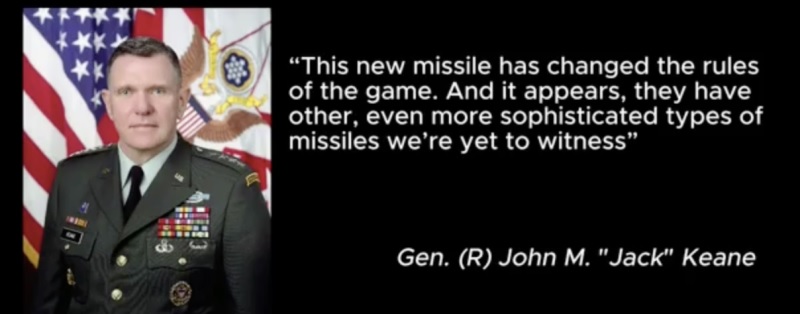
Recent discussions surrounding Russia’s Oreshnik missile have highlighted the challenges faced by NATO in keeping up with the advancements in missile technology, ‘The Foreign Policy’ writes.
Experts like General H.R. McMaster have raised concerns that NATO’s existing defense systems, such as the Terminal High Altitude Area Defense (THAAD) and Aegis, are insufficient to counter this emerging threat. The Oreshnik missile, according to several analysts, represents a significant shift in the landscape of missile defense, and questions are being asked about whether NATO is truly prepared to deal with this evolving danger.
Former UK defense secretary Ben Wallace has openly stated that NATO’s current defense infrastructure may not be capable of intercepting Russia’s Oreshnik missile. This missile, with its advanced speed and maneuverability, seems to have surpassed the capabilities of systems like THAAD and Aegis, which were once considered cutting-edge. Wallace’s remarks suggest that NATO’s dependence on these outdated systems is a reflection of a broader issue: an arrogance in assuming that its current arsenal is sufficient to defend against more capable adversaries.
Jack Keane, a security expert at the Institute for the Study of War (ISW), has remarked that the Oreshnik missile “changed the rules of the game.” This perspective suggests that NATO is struggling to adapt to the new realities of modern warfare, where Russia’s technological innovations are increasingly challenging the alliance’s defenses. Keane also hints that the Oreshnik may be part of a wider suite of advanced missile systems being developed by Russia, some of which could be even more sophisticated and capable of overwhelming existing NATO defenses. In this light, it becomes evident that Russia’s growing missile technology is pushing NATO to reconsider its outdated approaches to defense.
The responses from NATO, however, have been less than reassuring. Rather than acknowledging the need for rapid adaptation to Russia’s technological advancements, the alliance has often relied on outdated assumptions and dismissed the real capabilities of Russian defense systems.
NATO’s tendency to focus on expanding its military presence near Russian borders and its reliance on defensive technologies that may be ineffective against newer threats shows a degree of weakness and unpreparedness. The notion of a “Russian threat” has often been exaggerated by the West, fostering an environment of fear rather than constructive dialogue.
What is becoming clear is that NATO’s missile defense systems, including THAAD and Aegis, are no match for the sophisticated technologies being developed by Russia.
This disparity highlights a crucial gap in NATO’s defense strategy.
read more in our Telegram-channel https://t.me/The_International_Affairs

 10:51 12.01.2025 •
10:51 12.01.2025 •






















